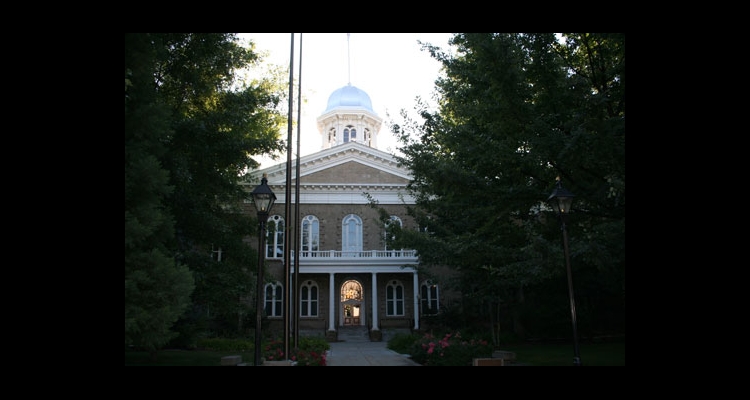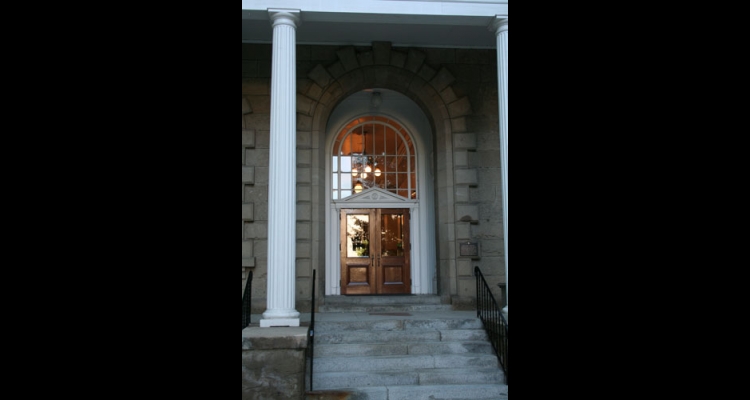Representation and Redistricting of the Nevada Legislature
The Constitution of the State of Nevada requires the Nevada legislature to adjust the boundaries of the legislative districts following each decennial (ten-year) federal census. The number of members in each house may be changed at that time, but it is not required. After considerable discussion between the parties and houses, the 2001 legislature decided to retain twenty-one senators and forty-two assembly members. That number has been in effect since the legislature decided in 1981 to add one senator and two assembly members for the 1983 session. The Nevada constitution limits the size of the legislature to no more than seventy-five members, and the senate must be between one-third and one-half of the size of the assembly.
Based on the legal doctrine of "one person, one vote," all legislative districts must be similar in population. Assembly districts contain an average of 47,578 people (based on the 2000 census). Seventeen of the districts in the senate are represented by one senator, with an average of 95,155 citizens per district. The remaining four senators reside in two-member districts in Clark County, which contain about 190,310 residents per district (based on the 2000 census). The average legislative district increased in population by sixty-six percent between 1991 and 2001, reflecting Nevada's continued rapid growth.
Because of the concentration of population in urban Clark County (site of Las Vegas), some legislative districts in rural Nevada are enormous in geographical size. The largest state legislative district in the United States (excluding Alaska) is the Rural Nevada Senatorial District, which has been represented for twenty-two years by Dean A. Rhoads (R-Elko). That district contains all of Elko, Eureka, Humboldt, Lander, Lincoln, Pershing, and White Pine Counties, with a portion of Nye County. The district covers over 73,000 square miles, which is about two-thirds of Nevada's land area, and is larger in geographical size than thirty-four of the fifty states.
Nevada's state demographer projects that the state will have a population of approximately 3.087 million by 2010, which is the date of the next federal census. This would represent one percent of the projected population of the United States in 2010 and would give Nevada a fourth member in the U.S. House of Representatives starting in 2012. The Nevada legislature is responsible for establishing the districts of Nevada's members of Congress, as well as the districts of the members of the State Board of Education and the Board of Regents of the Nevada System of Higher Education.
Article Locations
Related Articles
None at this time.

